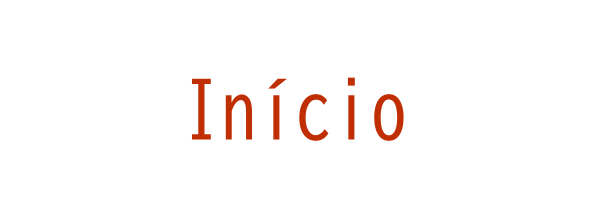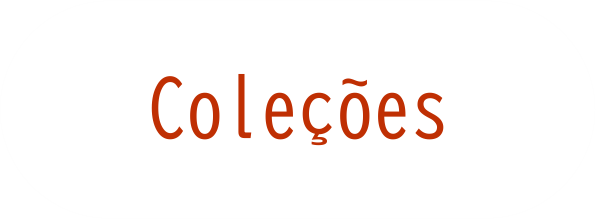Peripheral facial palsy after varicella. Report of two cases and review of the literature.
Autor(es): Muñoz-Sellart Montserrat; García-Vidal Carolina; Martínez-Yelamos Sergio; Niubó Jordi; Fernández-Viladrich Pedro
Resumo: There is little information regarding peripheral facial palsy (PFP) as a complication of varicella. We describe 2 adults who developed varicella-related PFP, in 1 case as a part of Guillain-Barré syndrome (GBS), and review all reported cases of this condition. MEDLINE search. A total of 10 cases of isolated varicella-associated PFP have been reported. PFP was diagnosed 3 to 16 days after the onset of skin manifestations. Four (40%) patients developed bilateral PFP. Two patients had varicella meningitis; both were PCR-positive for varicella-zoster virus (VZV) in CSF. CSF IgG antibodies against VZV were demonstrated in 2 other patients. One patient had slight CSF albumino-cytological dissociation. Five patients were treated with acyclovir, and 3 of them also received corticosteroids. Most patients showed a favorable course, with partial or complete recovery of PFP. In addition, 17 patients with GBS after the onset of varicella were reviewed. Mean time to the development of GBS after varicella onset was 9.3 days, and 9 patients had PFP as a part of the neurologic picture. Seven patients (41%) developed respiratory failure requiring mechanical ventilation. Six patients received treatment with intravenous immunoglobulin, and all of them showed optimal evolution. One patient died. Isolated PFP and GBS are rare peripheral nerve complications after varicella. Treatment should be individualized for each case, depending on the severity of the condition and the clinical evolution.
Imprenta: Enfermedades Infecciosas y Microbiologi?a Cli?nica, v. 28, n. 8, p. 504-508, 2010
Identificador do Objeto Digital: 10.1016/j.eimc.2009.09.009
Descritores: Guillain-Barre Syndrome - Pathogenesis ; Guillain-Barre Syndrome - Antibodies ; Guillain-Barre Syndrome - Infectious diseases ; Guillain-Barre Syndrome - Viral infections ; Guillain-Barre Syndrome - Virus
Data de Publicação: 2010








